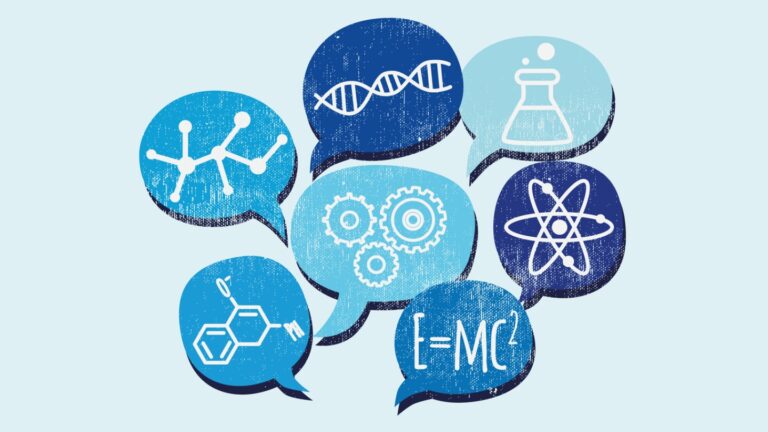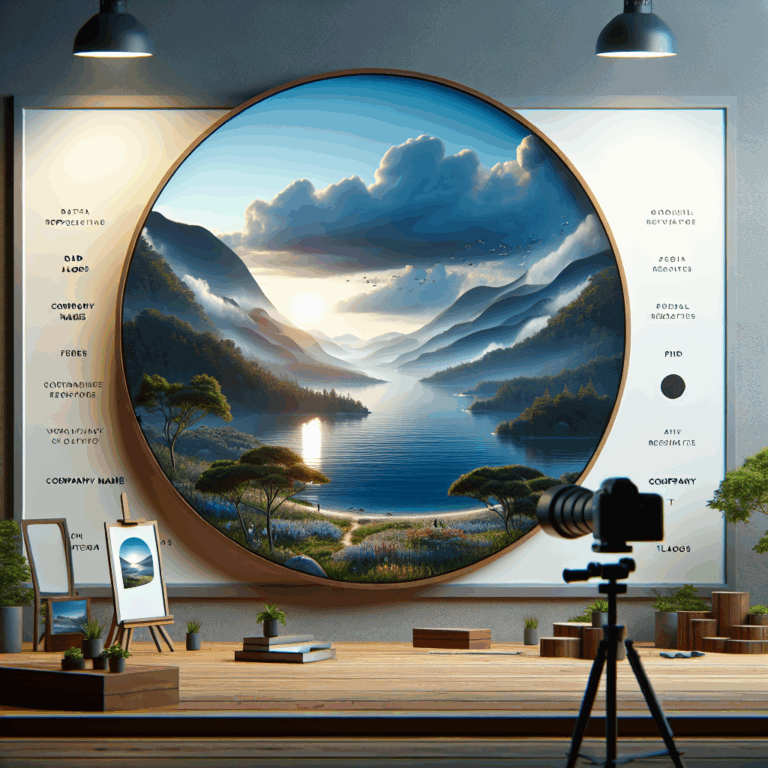
One of the deadliest childhood brain tumors known to medicine now has a new vulnerability, due to an experimental device that uses ultrasound to briefly unlock the brain’s protective barrier and let in anti-cancer drugs.
In a small clinical trial in New York, pediatric oncologists harnessed the technology to temporarily—but repeatedly—open the blood-brain barrier in three children with a rare type of brain cancer called diffuse midline glioma. Two of the patients responded favorably to the treatment and experienced temporary disease stabilization. All of the children, as is typical with this aggressive disease, died within a year of initiating treatment.
Still, the study offered valuable proof of feasibility that the approach can be deployed safely and frequently in young patients, notes Elisa Konofagou, a biomedical engineer at Columbia University who co-founded the company behind the barrier-opening technology, Delsona Therapeutics.
“Nobody had done this ever,” says Konofagou, who described the results November 12 in the journal Science Translational Medicine.
Breaking the Blood-Brain Barrier
The Delsona platform, dubbed UltraNav, uses focused ultrasound paired with tiny “microbubbles” that jiggle under sound waves to help gently pry apart the tightly locked layer of cells that normally shields the brain from toxins and pathogens in the blood.
The procedure takes about 30 minutes and doesn’t require sedation. Using a 3D map built from earlier brain scans, doctors identify the precise spot to target. A small portable device is then rolled up to the bedside to deliver the focused sound waves.
Konofagou’s trial was too small to yield firm conclusions, or to clarify whether any clinical benefit came from the ultrasound’s effects on drug penetration into the brain or from the therapeutic agent itself. (Taken as a pill, this drug—a medicine called panobinostat—works by loosening how tightly DNA is packed, thereby altering the expression of cancer-promoting genes. It has previously been shown to work well against tumor cells in the lab, but with poor brain penetration in people.)
Yet the study did show that the technology can be safely used in children as young as 10 years old. All previously published tests of the Delsona or comparable platforms from rival companies had involved adults, either with tumors in the brain or with neurodegenerative diseases such as Alzheimer’s.
What’s more, Konofagou and her clinical collaborators, led by pediatric brain cancer specialists Stergios Zacharoulis (from Columbia University) and Cheng-Chia Wu (now at Virginia Tech), demonstrated that the barrier could be opened dozens of times on a high-frequency schedule—up to 46 times over the course of a few months.
Such an intensive treatment cadence had never before been attempted with this or any other comparable technology, in children or in adults, for fear that such frequent access might compromise the barrier’s integrity or spark dangerous side effects. But those risks did not materialize.
Barrier-Breaching Tech Gains Ground
Building on these findings, the Columbia team had been planning to treat several more children under the same study protocol. But less than a year after initiating the trial, the medication they were using got pulled from the market, because its manufacturer claimed it could not feasibly complete the confirmatory trials required to maintain the drug’s regulatory approval.
The researchers pivoted and began tests with a different drug, a chemotherapy agent called etoposide that they had shown in mice could penetrate brain tumors when paired with barrier-opening ultrasound. Four children have received that treatment to date.
Other ultrasound platforms are similarly advancing toward safer, more effective drug delivery for a variety of brain diseases.
The Israeli firm Insightec, for example, has trialed its Exablate Neuro system in patients with glioblastoma, the most common and aggressive brain cancer in adults, with additional studies under way in children with diffuse midline glioma undergoing chemotherapy, and in adults with brain metastases from non-small cell lung cancer, where barrier opening is paired with immune-modulating drugs. Notably, that platform relies on MRI to guide the ultrasound and thus must be administered in a scanner rather than at the bedside.
“It shouldn’t be taken for granted, given how unthinkable it was just a few years ago.” — Costas Arvanitis, Georgia Tech
Another, more invasive approach comes from the French med-tech company Carthera, whose implantable Sonocloud device positions a small ultrasound transducer directly into the skull. It has likewise shown promise in adults with recurrent glioblastoma, where repeated blood-brain barrier opening before chemotherapy increases intratumoral drug levels. It has also been tested in people with Alzheimer’s disease to demonstrate repeated, on-demand barrier opening.
And early trial data from Taiwan-based NaviFUS, broadly similar to Delsona’s approach but with its own twists in ultrasound guidance, suggest that the system can also safely open the barrier in recurrent glioblastoma.
Taken together, all these parallel efforts point to a rapidly maturing field, says Costas Arvanitis, a biomedical engineer at Georgia Tech who studies ultrasound-mediated drug delivery to the brain. (Arvanitis worked with Insightec in the past but is not currently connected to any company in the field.)
“We have gotten to a point where we have advanced our targeting methods and our monitoring methods—and now to have these feasibility trials across a wide range of diseases and populations is a major, major advance,” he says. “It shouldn’t be taken for granted, given how unthinkable it was just a few years ago.”
Brain tumors remain stubborn killers, in children and adults alike. But the wall around them? That, at least, is starting to give.



































